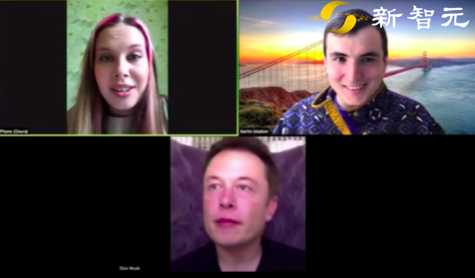邀请马斯克加入我的Zoom会议,一键实时换脸再也不怕安全漏洞!
新智元报道
新智元报道
来源:GitHub
编辑:白峰
【新智元导读】最近,为应对Zoom的隐私泄漏问题,国外一名开发者在GitHub开源了自己的替身项目代码,让你在Zoom视频通话应用中使用替身变成可能,项目使用了NIPS2019一篇论文中的模型作为核心组件,实现了视频流中的动态图像迁移,让你实时切换替身。「新智元急聘主笔、高级主任编辑,添加HR微信(Dr-wly)或扫描文末二维码了解详情。」
让马斯克加入你的Zoom会议
项目核心组件:一阶运动模型

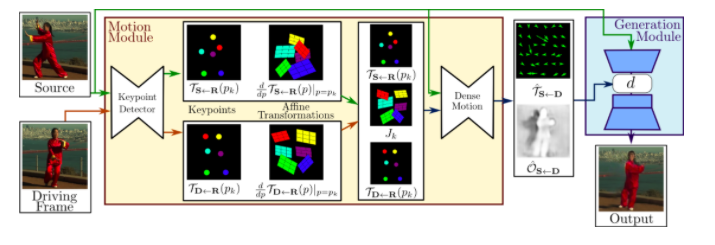
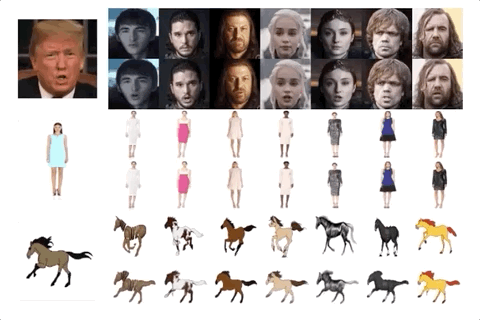

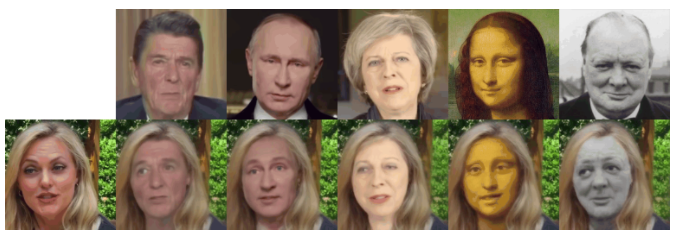

如何在Zoom会议中使用替身
def load_checkpoints(config_path, checkpoint_path, device='cuda'):
with open(config_path) as f:
config = yaml.load(f)
generator = OcclusionAwareGenerator(**config['model_params']['generator_params'],
**config['model_params']['common_params'])
generator.to(device)
kp_detector = KPDetector(**config['model_params']['kp_detector_params'],
**config['model_params']['common_params'])
kp_detector.to(device)
checkpoint = torch.load(checkpoint_path, map_location=device)
generator.load_state_dict(checkpoint['generator'])
kp_detector.load_state_dict(checkpoint['kp_detector'])
generator = DataParallelWithCallback(generator)
kp_detector = DataParallelWithCallback(kp_detector)
generator.eval()
kp_detector.eval()
return generator, kp_detector
def normalize_alignment_kp(kp):
kp = kp - kp.mean(axis=0, keepdims=True)
area = ConvexHull(kp[:, :2]).volume
area = np.sqrt(area)
kp[:, :2] = kp[:, :2] / area
return kp
def crop(img, p=0.7):
h, w = img.shape[:2]
x = int(min(w, h) * p)
l = (w - x) // 2
r = w - l
u = (h - x) // 2
d = h - u
return img[u:d, l:r], (l,r,u,d)
def pad_img(img, orig):
h, w = orig.shape[:2]
pad = int(256 * (w / h) - 256)
out = np.pad(img, [[0,0], [pad//2, pad//2], [0,0]], 'constant')
out = cv2.resize(out, (w, h))
return out
def predict(driving_frame, source_image, relative, adapt_movement_scale, fa, device='cuda'):
global start_frame
global start_frame_kp
global kp_driving_initial
with torch.no_grad():
source = torch.tensor(source_image[np.newaxis].astype(np.float32)).permute(0, 3, 1, 2).to(device)
driving = torch.tensor(driving_frame[np.newaxis].astype(np.float32)).permute(0, 3, 1, 2).to(device)
kp_source = kp_detector(source)
if kp_driving_initial is None:
kp_driving_initial = kp_detector(driving)
start_frame = driving_frame.copy()
start_frame_kp = get_frame_kp(fa, driving_frame)
kp_driving = kp_detector(driving)
kp_norm = normalize_kp(kp_source=kp_source, kp_driving=kp_driving,
kp_driving_initial=kp_driving_initial, use_relative_movement=relative,
use_relative_jacobian=relative, adapt_movement_scale=adapt_movement_scale)
out = generator(source, kp_source=kp_source, kp_driving=kp_norm)
out = np.transpose(out['prediction'].data.cpu().numpy(), [0, 2, 3, 1])[0]
out = out[..., ::-1]
out = (np.clip(out, 0, 1) * 255).astype(np.uint8)
return out

http://papers.nips.cc/paper/8935-first-order-motion-model-for-image-animation
https://aliaksandrsiarohin.github.io/first-order-model-website/
https://github.com/alievk/avatarify
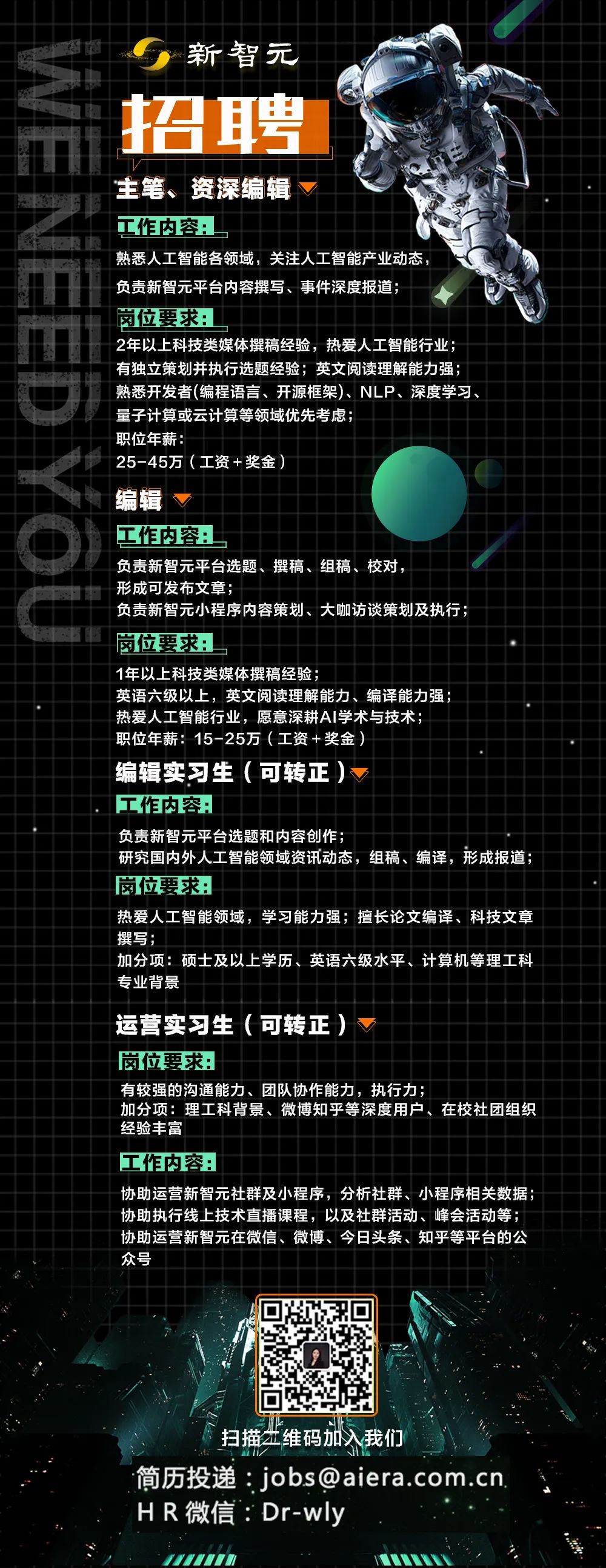
登录查看更多
相关内容
专知会员服务
34+阅读 · 2020年1月15日
专知会员服务
38+阅读 · 2019年12月26日
Arxiv
4+阅读 · 2018年8月17日
Arxiv
6+阅读 · 2018年7月16日
